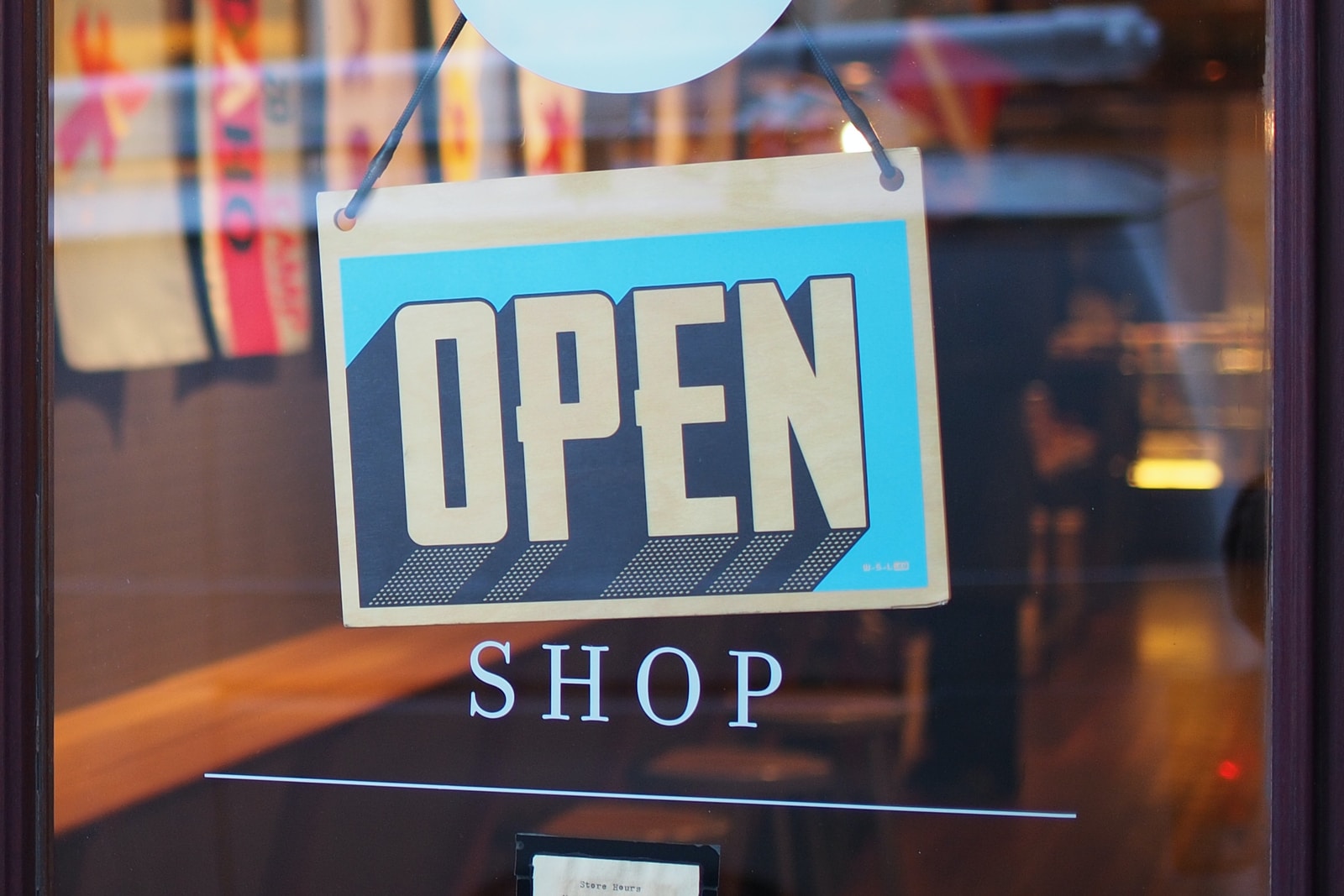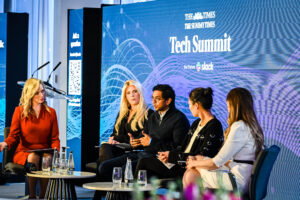Consumers and retailers have experienced shared disruptions over the past fifteen months.
Both have had to significantly and consistently change their behaviour in response to government restrictions, embrace new technology, contemplate their values and navigate economic uncertainty
With restrictions easing and the nation feeling happier and more optimistic than it has at any point throughout 2021, retailers can join consumers in looking ahead to the second half of the year with greater confidence.
But in order to do so, it’s important to understand how the mindset and experiences of consumers during the pandemic will shape their shopping habits
With the help of findings from the recent retail reader panel, we’ve outlined some of the key trends and talking points within the retail sector and looked at how these are playing out across our audiences:
The Great E-cceleration
- The steady growth of ecommerce accelerated by almost five years during 2020, with the proportion of total retail sales being made online rising from 19% to 33% during the first national lockdown.
- Yet, with hundreds of thousands of stores recently reopening, e-commerce sales have started to taper off somewhat, down 12% month-on-month in April.
For our audiences, not all e-commerce experiences have been equal.
- While shopping online for electronics, appliances and general household items has largely met or exceeded their expectations, almost 1 in 5 Sun and Times readers report that shopping online for fashion has failed to do so.
- Similarly, only a small percentage of Sun readers plan to buy most of their furniture, sporting goods and health & beauty items online once lockdown has ended
An Ongoing Physical Attraction
Much of the physical shopping experience cannot be easily replicated online.
During the first lockdown, PublicFirst found that rather than buying clothes online, 36% of consumers opted to wait for shops to reopen to do so.
Our audiences have particularly missed the tangible and social aspects of shopping in-store, with many also relying on physical retailers as a source of inspiration and expert advice.
In good news for our High Streets, as restrictions are lifted, 1 in 3 Sun readers and almost 4 in 10 Times readers and Wireless listeners plan to make up for lost time by shopping more in person.
The ‘Click-and-Brick’ Experience
In a bid to offer seamless click-and-brick shopping experiences, both traditional and digital-first retailers are converging towards omnichannel strategies.
While established retailers and consumers have accelerated their online migration, digital native brands have discovered the benefits of being tangible.
Brands including Away, Tesla, Amazon and Allbirds are reimagining the purpose of physical stores by taking cues from the digital shopping experience.
Retailers poised to succeed in an omnichannel environment will be those that can deliver a consistent and complementary brand experience in-store and online.
Our audience’s consumer journey was already non-linear prior to the pandemic, but with greater exposure to e-commerce and more flexible working patterns, brands need to be present and ready to engage at all stages.
Everybody Needs Good Neighbours
One of the more positive consequences of national lockdowns has been an increased focus on supporting our local communities.
- Almost 2 in 3 consumers report shopping locally more often, with over 9 in 10 of those intending to continue doing so when all restrictions are lifted.
- This increased sense of community spirit has been felt even more profoundly by our Sun audience. The proportion of Sun readers who feel the, “Need to be involved in the life of the neighbourhood or community” rose 34% YoY in 2020, compared with a 15% increase across the wider UK population (Foresight Factory, 2020).
The success of editorial initiatives like Jabs Army is testament to this.
‘The Kindness Economy’ & The Local High Street: Reimagined
With many consumers doing their bit to help their communities and the world at large, there is an increasing expectation for brands to demonstrate a genuine commitment to helping address ethical, social and environmental issues.
77% of consumers report holding brands more accountable than ever with ‘trust’ and ‘reputation’ being increasingly important attributes.
Tangible displays of brand purpose will certainly help build affinity with the post-pandemic consumer, but thriving on the high street also requires retailers to meet their more immediate needs.
Retail Week found that the number one motivating factor for UK consumers in visiting their local high street remains convenience.
Our Times readers believe in a “reimagined” and “innovative” future for their local high street, while Sun readers desire an “affordable” hub for their community, where pop ups and in-store events are commonplace. Both audiences are also particularly motivated to continue supporting their big-name retail favourites like John Lewis, Boots and Wilko.
‘Revenge Spend’ Ready
With anxiety dropping steadily since February, spending intent is on the rise across all categories. In even better news for retailers, this sharp recovery could be the prelude to a period of ‘revenge spend’. More than two-thirds of the nation has accumulated ‘accidental savings’ to the estimated value of £170 billion over the pandemic.
Rather than using these savings to simply buy more, a growing focus on sustainability, combined with the more minimalist lifestyle that many have adopted over lockdown means that many will be looking to trade up and buy better.
The vast majority of our audiences have not had their personal finances negatively impacted by Covid-19 and many have acquired a new appreciation for quality (TGI Clickstream 2021).
Categories where our audiences have delayed making large purchases such as electronics and white goods are set to benefit.
Reading the Room
With the pandemic continuing to influence government and consumer decision making, scenario planning remains key for brand communications.
Having contingency plans and selecting channels that enable these to activated quickly will help brands tailor their messaging appropriately.
With the mood of the nation consistently improving since February, our audiences are looking for retailers to reflect this with “Optimistic/Looking to the future” messaging top of their wishlist.
In similar fashion to the holiday season, escapism and humour also rank highly (with Sun readers particularly partial to the latter).



 News UK
News UK 






